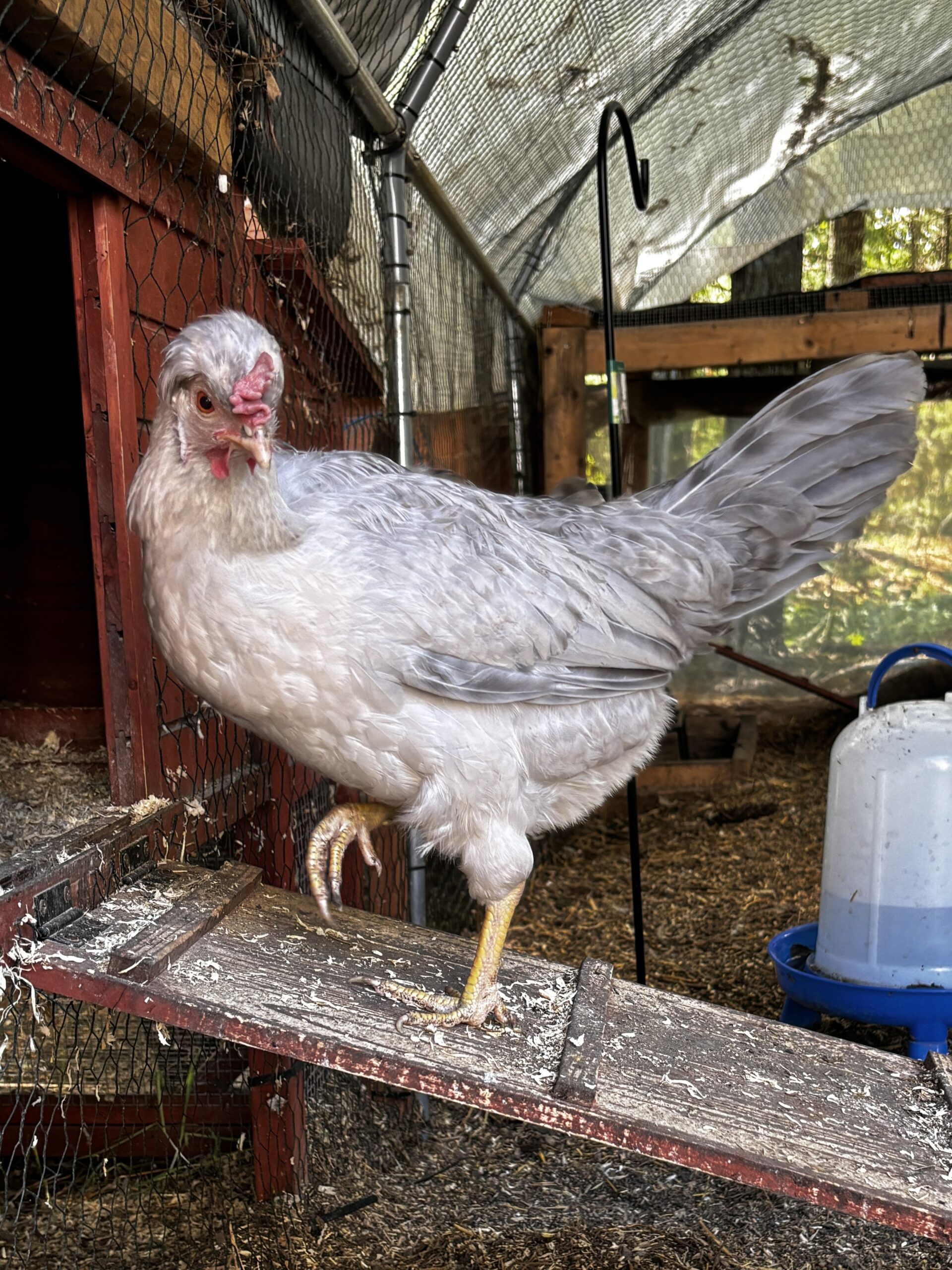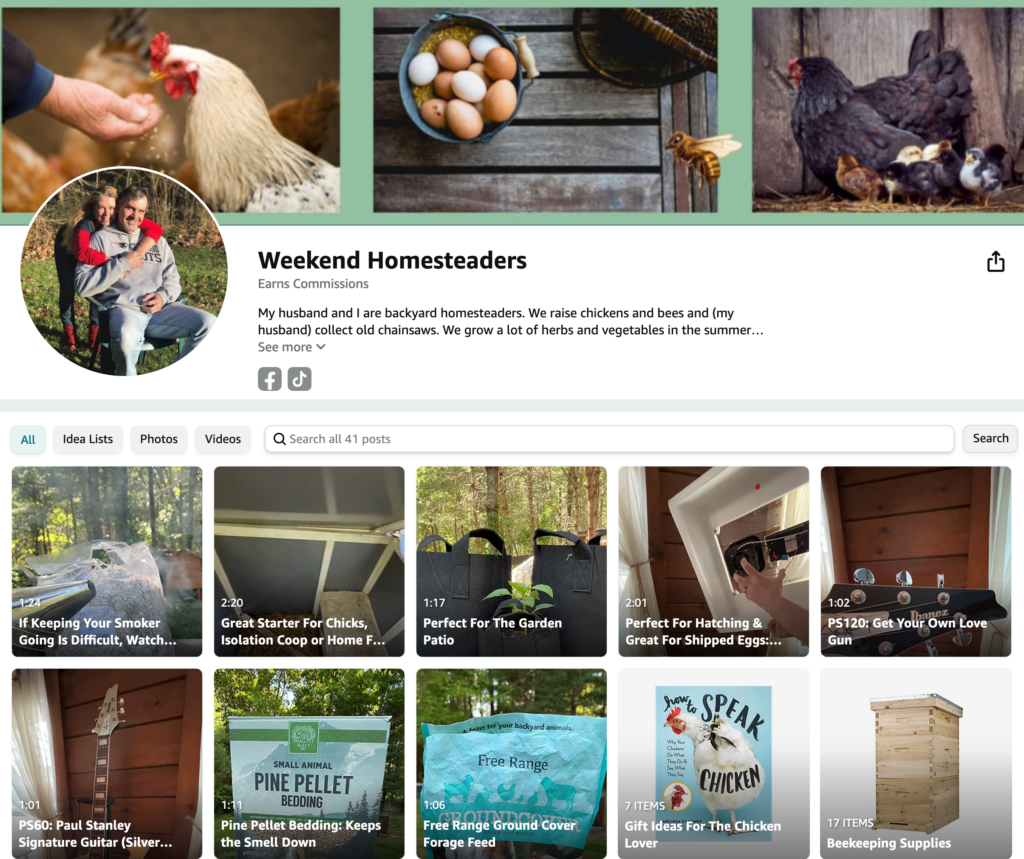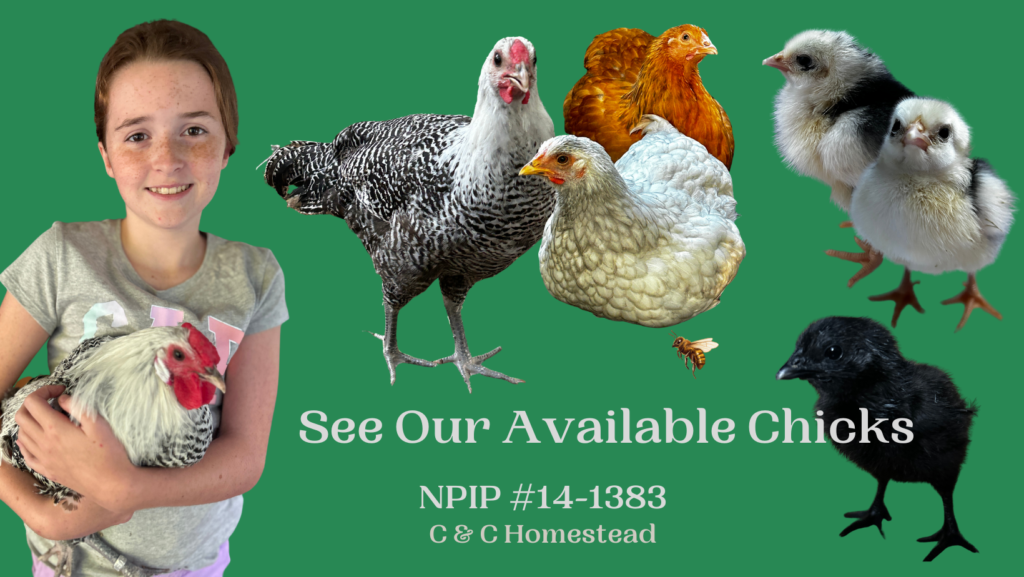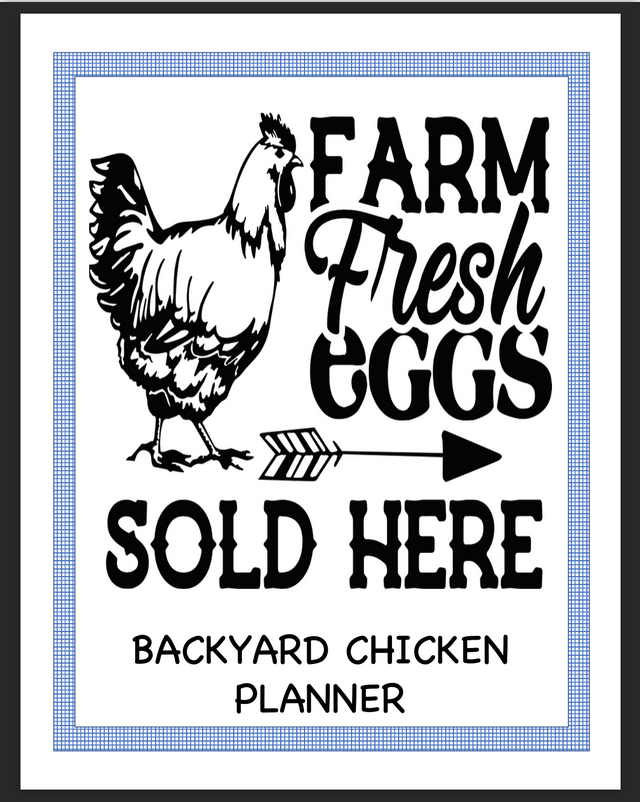Balancing Corporate & Homesteading Lifestyles
Opal Legbar

The Opal Legbar is a relatively new and exciting addition to the world of poultry, known for its striking appearance and unique genetics. This breed is a variety of the Cream Legbar, which originated in the early 20th century in Cambridge, England. The Cream Legbar itself was developed by crossing Brown Leghorns, Barred Plymouth Rocks, and Araucanas to create a chicken that not only laid blue eggs but also had the ability to be sexed by color at hatch.
The Opal Legbar, however, is a more recent development, bred specifically for its opalescent or lavender plumage, which sets it apart from other Legbar varieties. This breed has been developed through selective breeding practices to enhance its unique color while retaining the desirable traits of the Cream Legbar.
Appearance
The Opal Legbar is known for its beautiful and distinctive appearance:
- Plumage: The defining feature is its opal or lavender-colored feathers, giving the bird a striking and elegant look. The plumage is soft and smooth, with a light blue or pale lavender hue.
- Comb: They have a single comb, which is red and can sometimes be large, making it prone to frostbite in colder climates.
- Crest: One of the most notable features is the small crest of feathers on their head, inherited from their Araucana ancestors.
- Body: They have a slender and upright body with a graceful posture.
- Legs and Feet: The legs are typically yellow or cream, complementing their light-colored plumage.
- Weight:
- Roosters: 6-7 pounds (2.7-3.2 kg)
- Hens: 4.5-5.5 pounds (2-2.5 kg)
Temperament and Behavior
Opal Legbars are known for their friendly and active nature:
- Activity Level: These chickens are very active and love to forage. They thrive in free-range environments where they can explore and find their own food.
- Flightiness: While they are generally friendly, they can be a bit flighty and may not enjoy being handled frequently.
- Social Structure: They integrate well into mixed flocks but should be given plenty of space to avoid stress and competition.
Egg Production
One of the main attractions of the Opal Legbar is its egg-laying capabilities:
- Egg Color: Blue or blue-green, a trait inherited from their Araucana ancestry.
- Egg Size: Medium to large.
- Production Rate: They are excellent layers, typically producing around 180-220 eggs per year. Their egg production is fairly consistent, even in less-than-ideal conditions.
Hardiness and Care
Opal Legbars are hardy birds that adapt well to various climates:
- Cold Hardy: Their large combs can be prone to frostbite, so precautions should be taken in cold weather, such as providing a well-insulated coop.
- Heat Tolerance: They handle heat well, provided they have access to shade and fresh water.
- Foraging: These chickens are exceptional foragers and do well in environments where they can roam and find food. This also helps keep them entertained and reduces feed costs.
Housing and Space Requirements
Given their active nature, Opal Legbars need ample space:
- Coop Space: At least 4 square feet per bird inside the coop.
- Run Space: A minimum of 10-15 square feet per bird in the run, with higher fencing to contain their flighty tendencies.
- Roosting: Provide high perches within the coop to cater to their natural roosting preferences.
Health and Maintenance
Opal Legbars are generally healthy and low-maintenance with proper care:
- Common Ailments: Like all chickens, they can be susceptible to parasites such as mites and lice. Regular health checks and maintaining a clean coop are essential.
- Diet: A balanced diet with access to fresh greens and insects through foraging helps maintain their health and productivity.
Conclusion
The Opal Legbar is a unique and beautiful breed with many desirable traits. Its striking appearance, friendly nature, and excellent egg-laying capabilities make it a valuable addition to any backyard flock. While they may require more space and have a more flighty temperament than some other breeds, their beauty and productivity make them well worth the effort.



